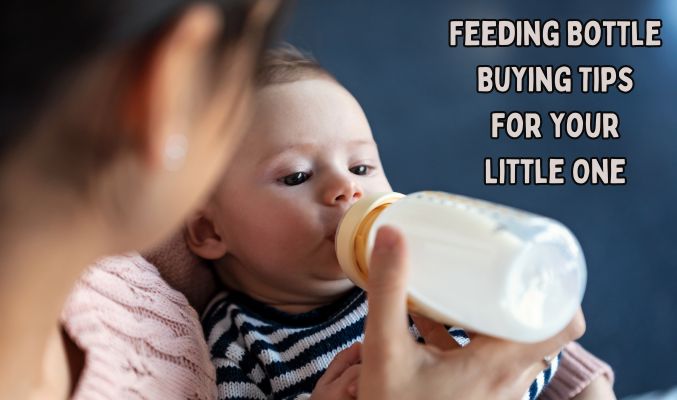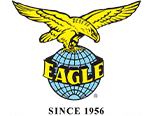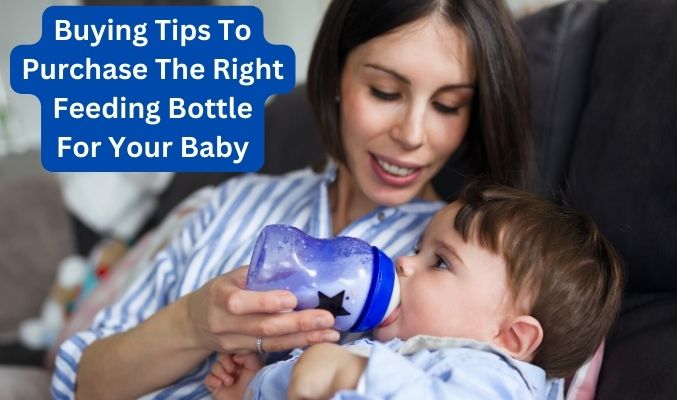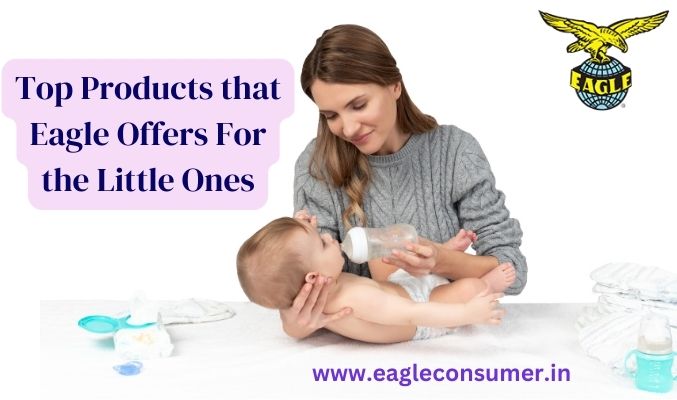
Feeding Bottle Buying Tips for Your Little One
As a new parent, there are numerous decisions to make for your little one’s well-being, and one of the essential choices is selecting the right feeding bottle. Feeding bottles play a pivotal role in your baby’s early years, impacting their comfort and nourishment. With a multitude of options available in the market, choosing the perfect feeding bottle can be overwhelming. To help you make an informed decision, here are some valuable feeding bottle buying tips for your little one.
1. Material Matters
When it comes to feeding bottle materials, two primary options are available: plastic and glass. Each has its pros and cons.
Plastic Bottles
These are lightweight and durable, making them a practical choice for on-the-go parents. Look for bottles that are BPA-free to ensure your baby’s safety. However, plastic bottles may wear out faster and can develop scratches, which could potentially harbor bacteria.
Glass Bottles
Glass bottles are free from chemicals found in some plastics, making them a safer option. They are also easier to clean and maintain their clarity over time. However, glass bottles are heavier and can break if dropped, so handle them with care.
2. Nipple Type
Feeding bottle nipples come in various shapes and sizes, each designed for different purposes. Newborns typically require slow-flow nipples, while older babies can handle faster flows. Additionally, some babies may have a preference for a specific nipple shape. Experiment with different options to see which one your baby prefers.
3. Anti-Colic Features
Colic can cause discomfort for babies and stress for parents. Look for bottles with anti-colic features such as venting systems or bottles designed to reduce air intake. These features can help prevent gas and colic, providing a more comfortable feeding experience for your baby.
4. Easy to Clean
Feeding bottles need to be cleaned frequently, so choose bottles that are easy to disassemble and clean. Bottles with fewer parts and wide necks are generally more convenient to wash and sterilize. Consider investing in a bottle brush and sterilizer to keep your baby’s bottles in pristine condition.
5. Size and Capacity
Feeding bottles come in various sizes and capacities. Newborns typically require smaller bottles, while older babies need larger ones. Consider how much milk or formula your baby consumes during a feeding to determine the appropriate size. Having a few different sizes on hand can be helpful as your baby grows.
6. Compatibility with Breast feeding
If you plan to breastfeed and use bottles interchangeably, look for bottles that are designed to mimic the breast. Some bottles are specifically crafted to facilitate the transition between breast and bottle, making it easier for your baby to switch between the two.
7. Brand Reputation
Choosing a reputable brand for your baby’s feeding bottles can offer peace of mind. Well-established brands often adhere to strict safety and quality standards. Read reviews and seek recommendations from other parents to find a trusted brand.
8. Price vs. Quality
While budget considerations are essential, remember that quality is paramount when it comes to your baby’s health and comfort. It is worth investing in high-quality feeding bottles that meet safety standards, even if they cost a bit more. If you are a retailer and need to bulk buy feeding bottles for your store, then you should get in touch with a top manufacturer of feeding bottles.









Leave a Reply